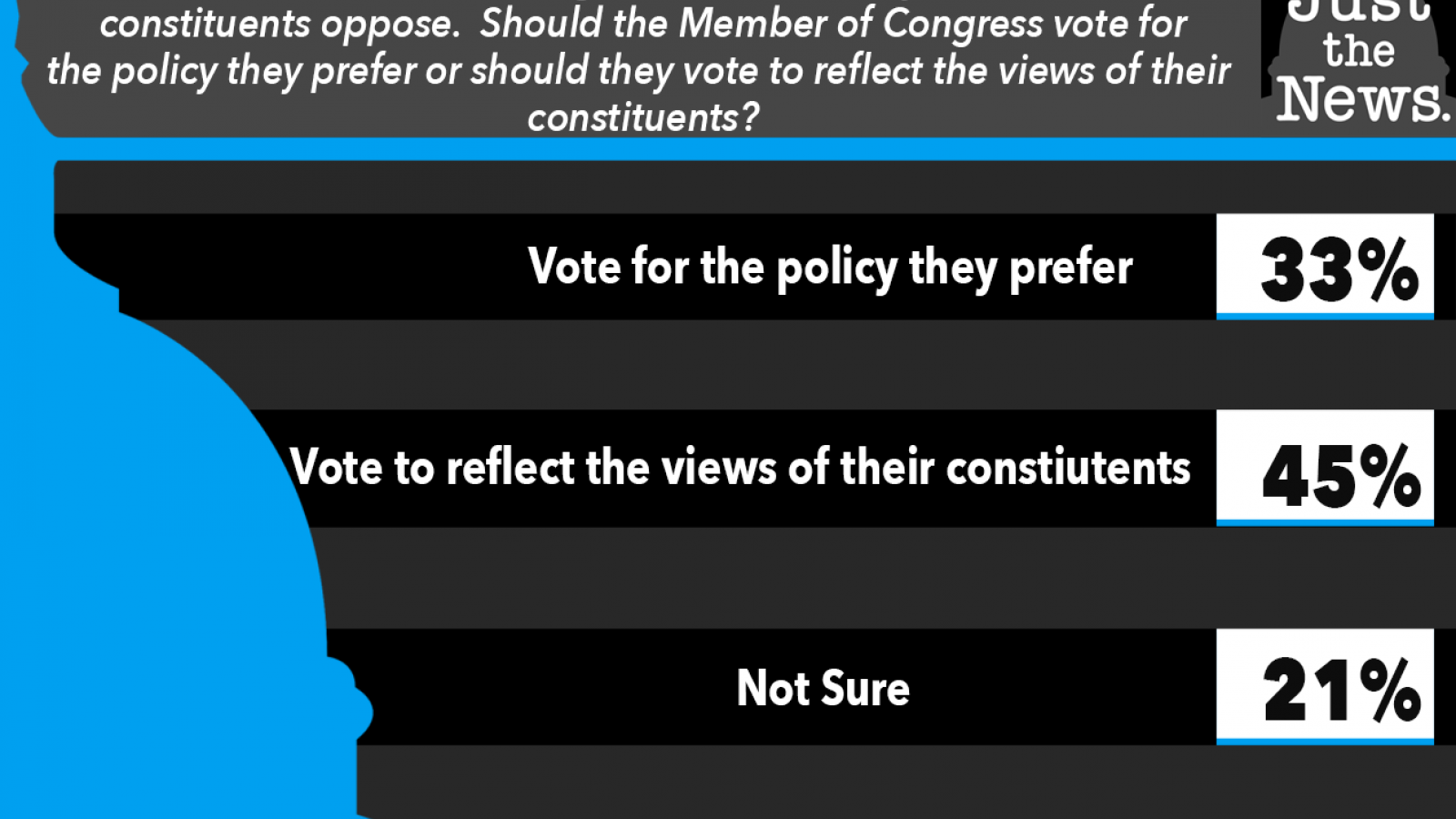Stock Market Valuation Concerns: Why BofA Remains Optimistic

Table of Contents
BofA's Bullish Stance Despite Valuation Concerns
While many investors express anxieties about high stock valuations and the potential for a market downturn, Bank of America maintains a surprisingly bullish sentiment. This optimistic outlook contrasts sharply with the prevalent concerns surrounding inflated price-to-earnings (P/E) ratios and other valuation metrics. BofA's confidence is rooted in several key factors, which we will explore in detail.
-
BofA Reports and Analyst Statements: Numerous BofA reports and statements from their leading analysts consistently highlight their positive market outlook. They cite a confluence of factors contributing to their sustained optimism, even in the face of acknowledged risks. These reports frequently emphasize the resilience of the underlying economy and corporate earnings.
-
Key Economic Indicators: BofA points to several key economic indicators to justify its optimism. Strong corporate earnings growth, despite inflation, remains a central argument. Furthermore, BofA analysts often highlight low unemployment rates and continued consumer spending as positive signs for future market performance. Analyzing these trends helps them project future stock valuations.
-
Bullish Sectors: BofA has specifically highlighted certain sectors as particularly promising. Technology, healthcare, and select areas within the consumer discretionary sector are frequently mentioned as demonstrating strong growth potential and justifying their higher valuations. These sector-specific analyses are crucial to understanding BofA's broader market perspective.
Addressing the Current Valuation Concerns
The current market is characterized by high valuations, especially when assessed using traditional metrics like P/E ratios. Many investors are rightfully concerned about the potential for a significant correction. However, BofA counters these concerns with several key arguments.
-
Counterarguments to High Valuations: BofA argues that low interest rates, while potentially changing, have historically supported higher valuations. They also emphasize the strong earnings growth of many companies, suggesting that current valuations are justifiable based on future potential. This future-oriented analysis helps mitigate the concerns about current high P/E ratios.
-
Adjustments to Valuation Models: While acknowledging the concerns, BofA doesn't simply dismiss high valuations. Their valuation models incorporate factors like projected earnings growth, anticipated interest rate changes, and potential inflationary pressures. This nuanced approach is key to their more optimistic stance.
-
Justified Valuations: BofA provides examples of companies and sectors where, based on their comprehensive analysis, they believe current valuations are justified by the strength of their fundamentals and future growth prospects. These case studies often illustrate the detailed research underpinning BofA's positive market view.
The Role of Interest Rates and Inflation
Interest rates and inflation are pivotal factors influencing stock market valuations. BofA's assessment of these macroeconomic elements is crucial to understanding their market outlook.
-
Interest Rate Predictions: BofA's predictions for interest rate hikes, while acknowledging potential impacts on valuations, don't necessarily lead them to a bearish conclusion. They believe that the rate of increases will be managed, and that the overall economic impact will be manageable.
-
Inflation Expectations: BofA's valuation models explicitly incorporate inflation expectations. They analyze how inflation affects corporate earnings and consumer spending, modifying their projections accordingly. This consideration of inflation is integral to their overall assessment of stock valuations.
-
Navigating Inflationary Pressures: BofA outlines strategies for navigating potential inflationary pressures, which include a focus on companies with pricing power and robust balance sheets. They emphasize the importance of portfolio diversification and adjusting investment strategies as inflationary pressures evolve.
BofA's Strategies for Managing Risk
Even with their optimistic outlook, BofA acknowledges the inherent risks in the market. They propose several risk-mitigation strategies for investors.
-
Investment Strategies: BofA recommends a diversified investment strategy, focusing on companies with strong fundamentals and proven growth trajectories. This diversified approach helps mitigate sector-specific risks.
-
Portfolio Management Techniques: Sector diversification and strategic asset allocation are highlighted as crucial portfolio management techniques. These techniques are key to managing risk and capitalizing on market opportunities.
-
Warnings and Caveats: BofA doesn't shy away from issuing warnings and caveats. They emphasize the need for careful due diligence and acknowledge the potential for unforeseen events to impact the market.
Long-Term Growth Prospects
BofA's optimism extends beyond the short term. Their long-term outlook for the stock market is driven by several key factors.
-
Technological Innovation: BofA emphasizes the transformative potential of technological innovation, particularly in areas like artificial intelligence, cloud computing, and biotechnology. This technological revolution is viewed as a significant driver of long-term market growth.
-
Sector-Specific Growth: BofA identifies several sectors poised for significant growth, including technology, healthcare, and renewable energy. Their analysis of these sectors forms a significant part of their long-term market projection.
-
Geopolitical Factors: BofA incorporates geopolitical factors into its long-term forecast, acknowledging the potential impact of global events on market performance. They emphasize the importance of understanding these factors when formulating investment strategies.
Conclusion
While concerns about stock market valuations are valid and should be carefully considered, BofA's analysis offers a nuanced perspective. Their optimism stems from a detailed consideration of various factors, including strong corporate earnings, low interest rates (historically), and projections for future growth driven by technological innovation. They acknowledge the risks associated with high valuations but provide strategies for managing those risks, such as diversification and a focus on fundamentally strong companies.
While understanding stock market valuation concerns is crucial, don't let them deter you from potentially lucrative investment opportunities. Learn more about BofA's analysis and develop a well-informed strategy to navigate the market. Conduct your own thorough research and consider seeking professional financial advice before making any investment decisions related to stock market valuation concerns.

Featured Posts
-
 Remembering Jett Travolta A Photo Shared By John Travolta On His Birthday
Apr 24, 2025
Remembering Jett Travolta A Photo Shared By John Travolta On His Birthday
Apr 24, 2025 -
 Dollar Rises Trumps Softened Tone On Fed Chairman Powell Boosts Usd
Apr 24, 2025
Dollar Rises Trumps Softened Tone On Fed Chairman Powell Boosts Usd
Apr 24, 2025 -
 Should You Vote Liberal William Watson Examines The Party Platform
Apr 24, 2025
Should You Vote Liberal William Watson Examines The Party Platform
Apr 24, 2025 -
 Cassidy Hutchinson Key Jan 6 Hearing Witness To Publish Memoir This Fall
Apr 24, 2025
Cassidy Hutchinson Key Jan 6 Hearing Witness To Publish Memoir This Fall
Apr 24, 2025 -
 Chinas Lpg Market A Case Study In Trade Diversification From Us To Middle East
Apr 24, 2025
Chinas Lpg Market A Case Study In Trade Diversification From Us To Middle East
Apr 24, 2025
